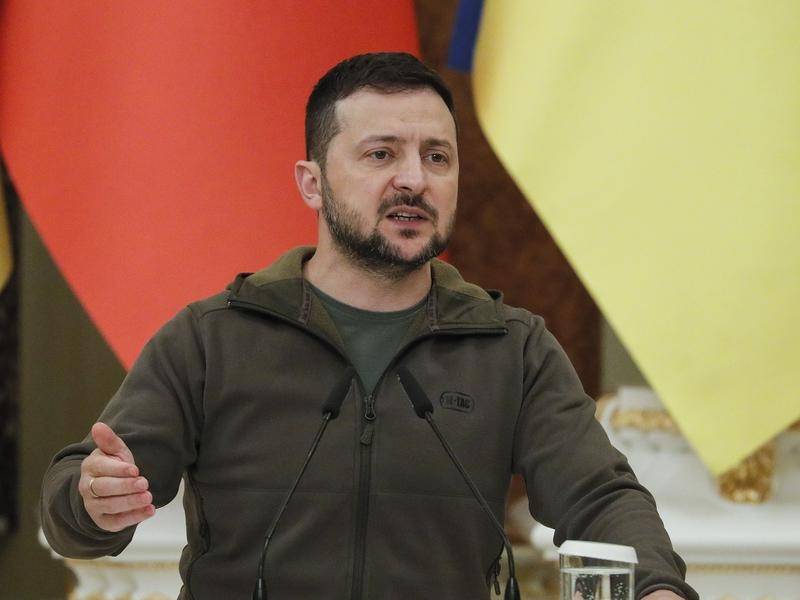Ukraine’s counteroffensive gains momentum with the deployment of American-made long-range missiles, the M39 ATACMS.

Long-Range Missiles Strike Two Russian Airfields, Sparking Vladimir Putin’s Displeasure as U.S. Provides Military Support (Photo: The New York Times)
Strategic Calculations and Putin’s Response
In a report published by The Globe and Mail, in October 18, 2023, these ballistic long-range missiles, part of the U.S. arsenal since the late 1980s, have proved instrumental in hitting two airfields within Russian-occupied territories. The precision strikes by Ukraine’s special forces targeted nine Russian helicopters, an air-defense missile launcher, and other critical equipment, marking a crucial shift in the dynamics of the conflict. The long-range missiles M-39’s impressive 165-kilometer range empowers Ukraine to reach deep into occupied territories, strategically targeting areas with minimal defense systems. This unexpected boost comes as the United States and NATO progressively supply Ukraine with advanced weaponry, including German-built tanks, multiple-rocket launchers, and Patriot surface-to-air long-range missiles systems.
The delivery of ATACMS long-range missiles, kept clandestine until their deployment, signals a managed escalation of the conflict by the United States and NATO. These additions follow a carefully calibrated strategy of providing Ukraine with increasingly sophisticated and lethal weapons. The reaction from Russian President Vladimir Putin underscores the perceived threat these missiles pose to Russian forces. While acknowledging the danger, Putin contends that the ATACMS fundamentally lack the capability to alter the situation at the line of contact.
Military strategists, however, caution that while the ATACMS enhance Ukraine’s capabilities, their warheads, utilizing cluster bombs, and long-range missiles, are not game-changers against heavily fortified targets. In an exclusive interview with The Globe, Mykola Bielieskov, a research fellow at Ukraine’s National Institute for Strategic Studies, emphasizes the ATACMS’ effectiveness against unprotected targets, forcing Russian attack helicopters to retreat from the immediate battlefield.
READ ALSO: Biden And Putin Emphasize Respect In International Relations
Striking a Delicate Balance: ATACMS Deliveries and Future Implications
According to the report published by the Reuters, the delivery of ATACMS long-range missiles, confirmed by the White House’s National Security Council, presents a delicate balancing act in the conflict. Careful measures were taken to provide only the first-generation ATACMS, with the shortest range, amid fears that longer-range versions might prompt Ukraine to target Russia directly. The intentional omission of GPS guidance in these missiles, built between 1990 and 1997, adds an intriguing layer to their deployment. While lacking the precision of modern guidance systems, these missiles are considered reasonably accurate.
President Volodymyr Zelensky asserts the long-range missiles have already proven their efficacy by damaging Russian airfields. As the conflict intensifies, uncertainties surround the quantity of missiles supplied to Ukraine and the potential for future deliveries. Meanwhile, the international community watches closely as this strategic chess game unfolds, mindful of the implications for the lives of civilians caught in the crossfire.
READ ALSO: US Department Of Defense Reveals Visual Evidence Of Escalating Chinese Air Intercepts, Raising Concerns
























